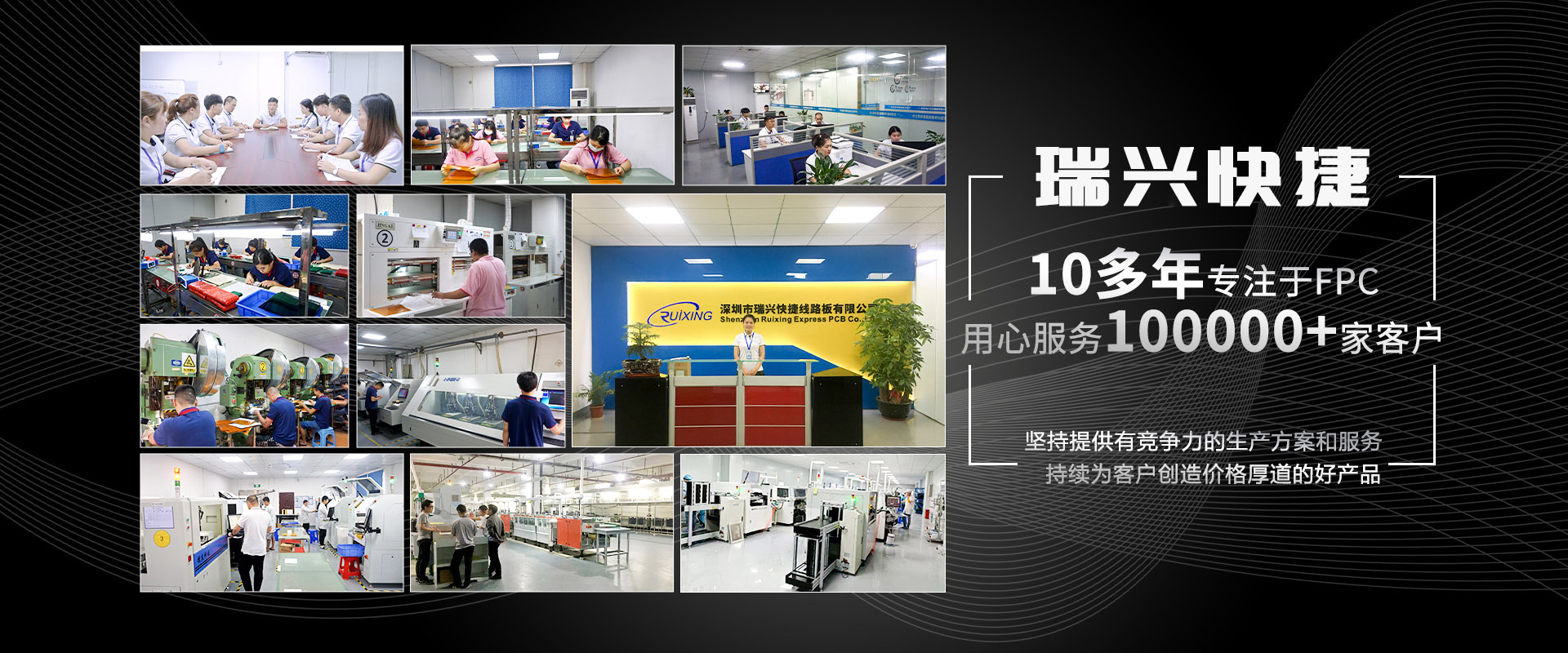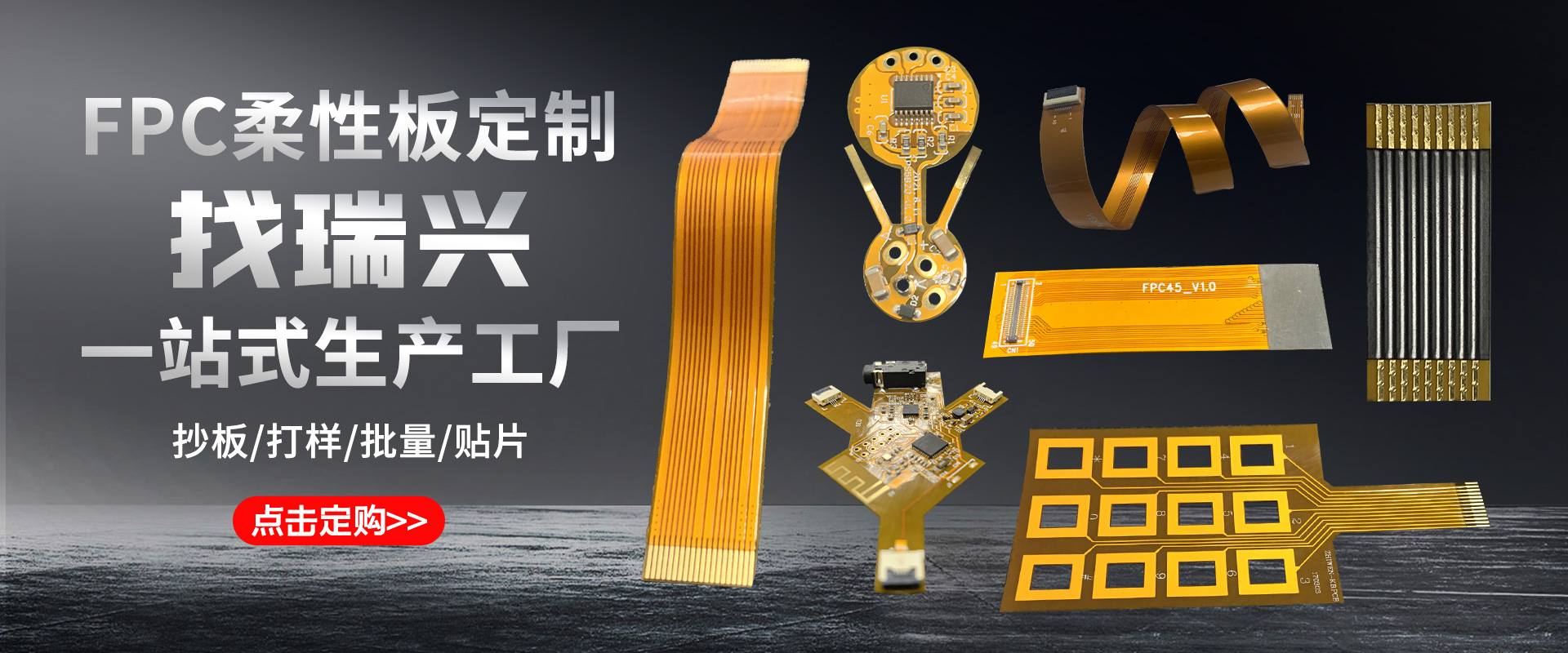
Discussion on Copper Foil for FPC Flexible Circuit Board
The copper foil materials used for FPC flexible circuit boards are mainly divided into two types: calendered copper and electrolytic copper. It is a conductive layer bonded to the insulation material of the covering film, which is processed and etched into the required patterns through various processes. Electrolytic copper foil is obtained by precipitation of acidic copper plating solution on a bright stainless steel roller to form a uniform copper film, which is continuously peeled and rolled; Rolling copper foil is formed by repeatedly rolling and annealing a certain thickness of copper ingot or block to form the required thickness of copper foil.
The copper atomic structure of the rolling material exhibits irregular layered strong crystals, which are resistant to recrystallization after heat treatment, making it less prone to crack formation. The copper foil material has good bending performance; The electrolytic copper foil material exhibits columnar crystalline structure in the thickness direction, which is prone to cracking and fracture when bent; Similarly, when observing the cross-section of high elongation electrolytic copper foil materials that have undergone special processing such as heat treatment, although columnar crystals are still the main form, layered crystals are formed in the copper layer and are not easily broken when bent.
The bending property of rolled copper foil is four times that of ordinary electrolytic copper foil, but its price is also relatively expensive. So for products with low bending requirements (such as key boards, module boards, 3D static flexible circuits, etc.), high elongation electrolytic copper foil can be chosen to replace the rolled copper foil material. Of course, in cases with high reliability requirements (such as sliding cover mobile phone boards, folding mobile phone boards, etc.), it is better to use the rolled copper foil material.
Most FPC flexible circuit board products have high requirements for bending performance, which leads to the preference of most manufacturers for rolling materials. In fact, there are also many blind selection factors here. As mentioned above, rolling materials have their own characteristics, but they also have many drawbacks, which should be appropriately applied.







